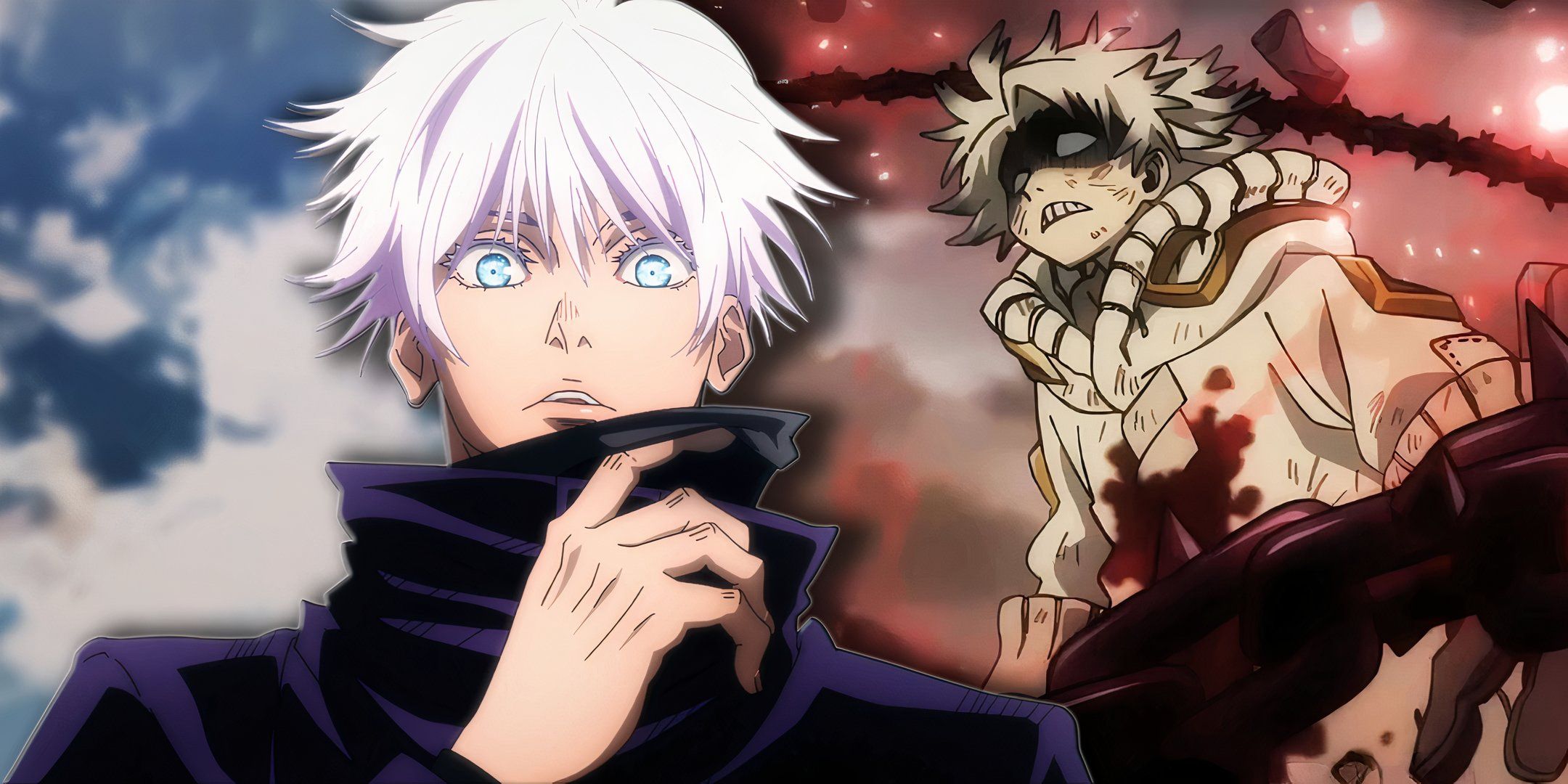
The Dark World of Gachiakuta
The hit anime Gachiakuta has quickly become one of the standout shows of the 2025 Summer anime season. Even though it's only a few episodes in, it has already carved out a unique space for itself by delivering a narrative that is both gripping and deeply unsettling. Unlike other dark series such as Kaiju No. 8 or Dandadan, which have their own share of intensity, Gachiakuta takes things to another level with its unflinching portrayal of a grim, dystopian world.
What makes Gachiakuta so compelling is not just its dark tone, but also the way it uses its setting as a central character. The world of Gachiakuta isn't just a backdrop—it’s an antagonist in its own right. It reflects the harsh realities of class divides, environmental decay, and systemic injustice. The upper echelon of society lives in pristine, exclusive areas while the lower classes are left to survive in polluted slums surrounded by garbage and the constant threat of monstrous creatures born from waste.
This kind of worldbuilding is rare in anime and gives Gachiakuta a distinct edge. It doesn’t just focus on personal revenge or action-packed battles; it delves into broader societal issues that resonate with real-world concerns. The contrast between the wealthy elite and the struggling masses is stark and unapologetic, making the world feel like a living, breathing entity that actively works against its inhabitants.
A World That Feels Like a Villain
In many dark anime, the darkness comes from the characters themselves—twisted antiheroes, morally ambiguous figures, or individuals dealing with trauma and loss. While Gachiakuta does explore these themes through characters like Rudo, who is driven by a desire for revenge, the true source of the darkness lies in the world itself. This sets it apart from other titles that might focus more on individual struggles than on the larger system that perpetuates suffering.
Rudo’s journey is not just about seeking justice for himself—it’s about challenging an entire world order that has long been built on exploitation and inequality. His battle is not just against monsters or villains, but against the very structure that allows such oppression to exist. This makes his quest more than just a personal vendetta; it becomes a symbolic fight for the freedom of all humanity.
The setting of Gachiakuta is a direct reflection of this struggle. The polluted air, the endless piles of garbage, and the constant presence of trash monsters all serve as reminders of the world’s decay. It’s a place where survival is a daily battle, and where the privileged few hoard resources while the rest are left to suffer. This kind of environment is not just background—it’s a constant force that shapes the lives of everyone within it.
Comparing Gachiakuta to Other Dark Anime
Fans looking for comparisons might find some similarities between Gachiakuta and other dark anime like Jujutsu Kaisen or Fire Force. Both of these series feature powerful heroes battling monstrous threats, but they still operate within a framework that allows for some form of hope or resolution. Gachiakuta, on the other hand, presents a world where the odds are stacked against its characters from the start. There is no easy escape, no safe haven—only a relentless struggle against a system that seems designed to crush those who don’t fit into its vision of order.
This is where Gachiakuta draws more parallels with series like Tokyo Ghoul or One Piece. In Tokyo Ghoul, the world is just as much a source of suffering as the monsters themselves. The same can be said for One Piece, where the oppressive World Government represents a system that keeps the majority of people in a state of subjugation. These series, like Gachiakuta, use their settings to highlight the injustices faced by ordinary people and the power structures that maintain them.
A New Kind of Dark Anime
What makes Gachiakuta stand out is its ability to blend personal storytelling with broader social commentary. It’s not just about Rudo’s revenge or the fight against trash monsters—it’s about the systemic issues that allow such a world to exist. This depth gives the anime a richness that few others can match, making it more than just a dark story. It becomes a reflection of the real-world challenges we face today, from environmental degradation to economic inequality.
As the series continues, it will be interesting to see how Gachiakuta evolves and whether it can solidify its place among the most impactful dark anime of recent years. For now, it’s clear that it has already made a strong impression, offering a fresh take on what it means to tell a dark, meaningful story in the world of anime.
0 comments:
Ikutan Komentar